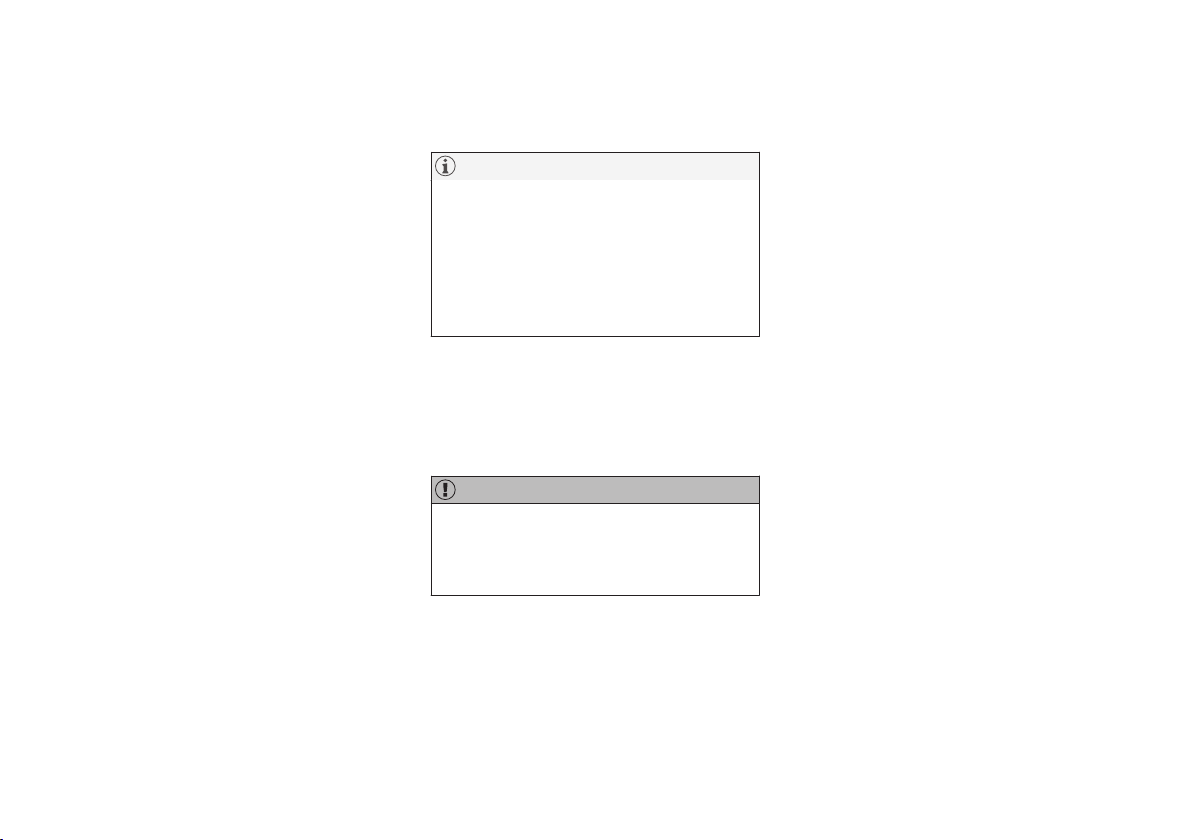Loading ...
Loading ...
Loading ...

STARTING AND DRIVING
* Option/accessory, for more information, see Introduction.
316
Diesel particle filter (DPF)
Diesel cars are equipped with a particle filter,
which results in more efficient emission control.
The particles in the exhaust gases are collected
in the filter during normal driving. So-called
"regeneration" is started in order to burn away
the particles and empty the filter. This requires
the engine to have reached normal operating
temperature.
Regeneration of the particle filter is automatic
and normally takes 10-20 minutes. It may take a
little longer at a low average speed. Fuel con-
sumption may increase slightly during regenera-
tion.
Regeneration in cold weather
If the car is frequently driven short distances in
cold weather then the engine does not reach
normal operating temperature. This means that
regeneration of the diesel particle filter does not
take place and the filter is not emptied.
When the filter has become approx. 80% full of
particles, a yellow warning triangle is shown in
the combined instrument panel, and the message
Soot filter full See manual is shown in its
information display.
Start regeneration of the filter by driving the car
until the engine reaches normal operating tem-
perature, preferably on a main road or motorway.
The car should then be driven for approximately
20 minutes more.
NOTE
The following may arise during regeneration:
•
a smaller reduction of engine power may
be noticed temporarily
•
fuel consumption may increase temporar-
ily
•
a smell of burning may arise.
When regeneration is complete the warning text
is cleared automatically.
Use the parking heater* in cold weather - the
engine then reaches normal operating tempera-
ture more quickly.
IMPORTANT
If the filter is completely filled with particles, it
may be difficult to start the engine and the fil-
ter is non-functional. Then there is a risk that
the filter will need to be replaced.
Related information
•
Fuel - handling (p. 313)
•
Fuel - diesel (p. 314)
•
Fuel consumption and CO2 emissions
(p. 439)
•
Fuel tank - volume (p. 436)
Loading ...
Loading ...
Loading ...